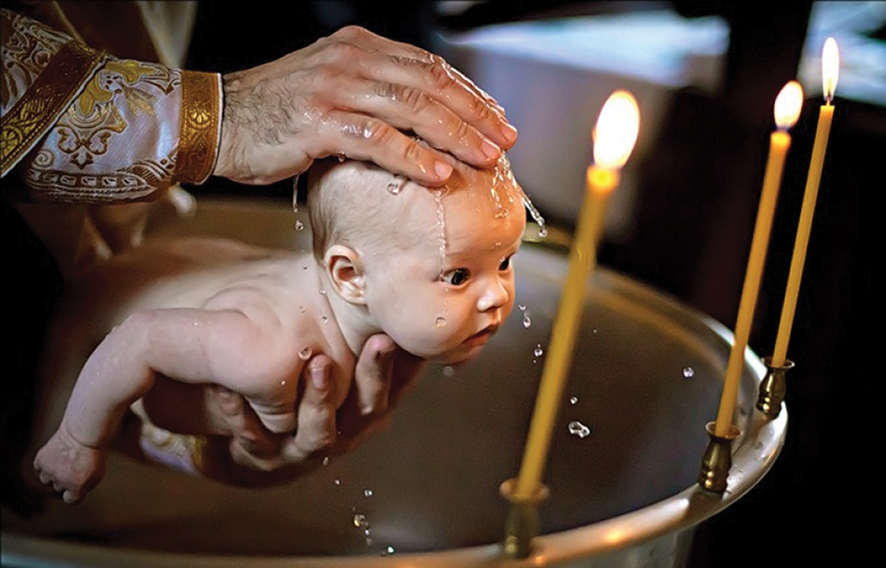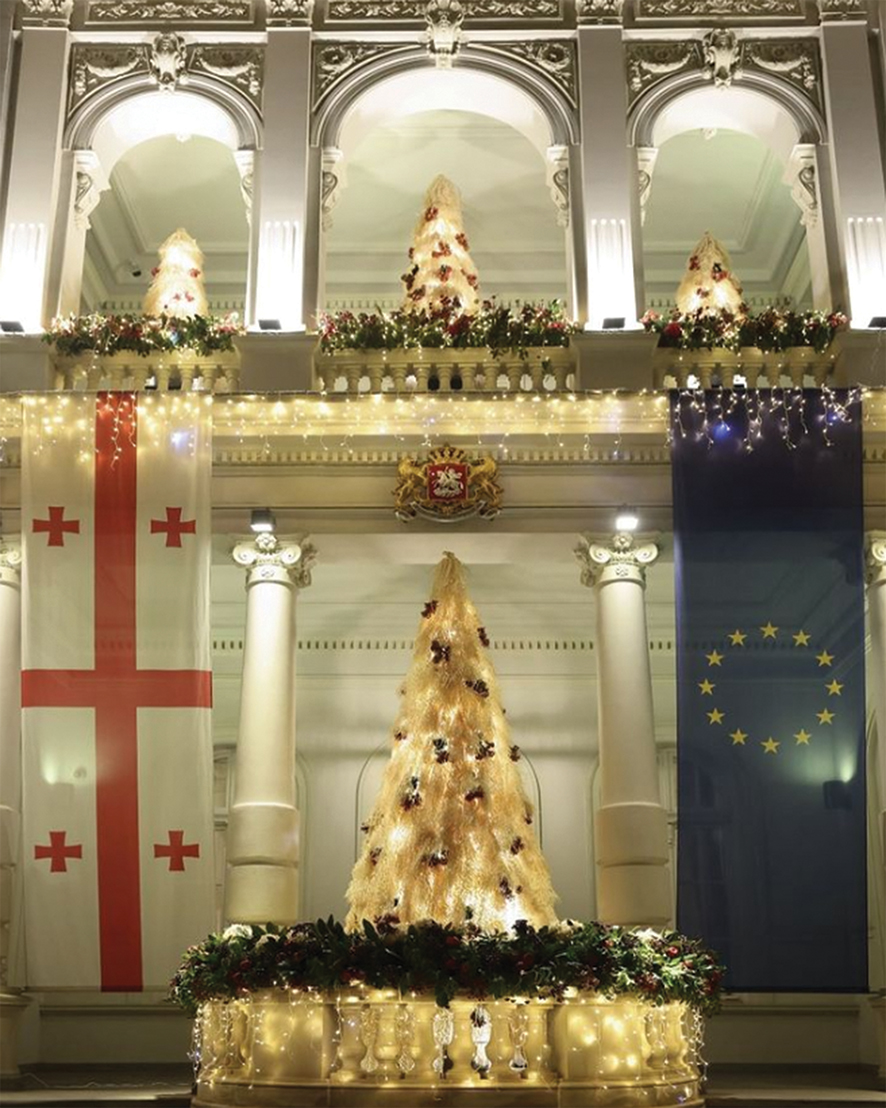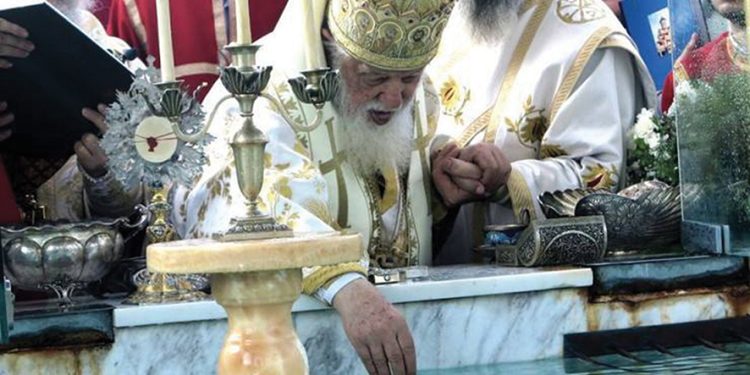To mark the end of the holiday season, January 19 signifies a new year and rebirth with recognition of the Christian holiday of Epiphany and the burning of Georgian Christmas trees.
Epiphany, a holiday also known as Natlisgheba in Georgian, is one of the major Christian holidays celebrated throughout the country aside from Christmas and Easter. It is a day to celebrate the baptism of Jesus that took place in the Jordan River. This holiday is celebrated by all of those who recognize the Orthodox religion, although it is celebrated on January 6 in the Western world because of the difference in calendars.
Each year on January 19, numerous churches around the country, including the Holy Trinity Cathedral, perform mass baptisms and acts of water blessing. As per tradition, the Sameba blessings will be performed by Patriarch Ilia II. Water is blessed and thus becomes holy water, which is keep until Epiphany is celebrated again the following year. People who attend the church festivities are sprinkled with this holy water and traditionally take some home, as it is said not to go bad or “decay,” for it holds immortal power.
Those in the Orthodox religion believe that when the holy water is blessed on Epiphany, “each river, ravine, or creek is given the same grace as the Epiphany of the Savior of the Jordan River,” an article on Sputnik states.
When broken down, the word Epiphany comes from the Greek word “epiphaneia,” which means manifestation. Therefore, the celebration is called Epiphany to commemorate the manifestation of God through Jesus’ baptism, that brought together the Father, Son, and the Holy Spirit. This day is seen as a public holiday by most since a large number of the Georgian population is Orthodox and is also known by other names, including the Feast of Revelation of God, The Feast of Theophany, or Three Kings’ Day.

Another tradition in Georgia that takes place on January 19 is the burning of the traditional Christmas tree, Chichilaki. The concept first came to be centuries ago, when the tree was introduced as the New Year’s tree (it wasn’t called a Christmas tree until years later when Christianity was adopted as the country’s main religion).
The Chichilaki is created from wood, each tree traditionally carved from a single branch of dried hazelnut or walnut. They come in various sizes: Some stand as high as a person, and others can be seen on a table or counter because of their small size. They are normally decorated with various items such as fruit, churchkhela pieces, colored string, leaves and berries. The form of the tree (carved from a single branch) is said to bare similarities to the beard of St. Basil the Great, who can be compared to Santa Claus in the Western world. Chichilaki is also known to represent the tree of life.
“Early in the morning, the Chichilaki masters, called Veluri (wild), go into the forest just before the New Year, cut a branch of a hazelnut tree, and soak it in water. Then, they heat it over a fire, remove the bark, and start cutting thin shavings from end to top. This is how Chichilaki – the Georgian national Christmas tree, is made,” Georgian Journal reported.

The trees are most popular in the western areas of Georgia, close to the Black Sea, but because of their traditional roots, they can easily be found in Tbilisi as well. When the trees are sprayed with water, the wood becomes looser, and the tree can be spread apart to become more “fluffy.” Since the tree has a connection to life, and a representation of hope and prosperity, having one can also be seen as a sign of a plentiful harvest and hope for the years ahead.
As a visual representation of letting go of the past and welcoming the New Year with all it brings, Chichilaki trees are ceremoniously burned on January 19 to say goodbye to last year’s troubles. This is also the day when all Christmas decorations and markets must be taken down, or bad luck can be brought into the New Year.
Over the years, as Chichilaki trees have become more known to the world, they have generated a greater association with Georgia. Now around the Christmas season, a large Chichilaki tree can be seen in front of the president’s palace. Additionally, considering the tree’s environmental benefits (turning away from the Western pine trees and simply cutting off dead branches to assist hazelnut tree growth, Chichilaki trees are now on the UNESCO Intangible Cultural Heritage List.
By Shelbi R. Ankiewicz














